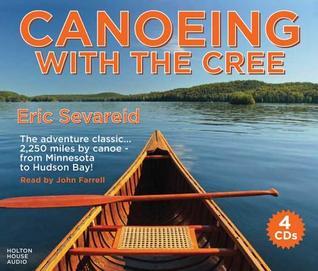What do you think?
Rate this book


Audio CD
First published January 1, 1935
But make it they did, with some inspiration from Rudyard Kipling. It was an exercise in living on minimal standard subsistence food, poor equipment and clothing, and minimal navigational guides. And though they received emotional support from friends and family, experts and those with experience on the route were spar in their encouragement. What I find even more amazing was that the young Sevareid was able to write and publish his book covering this saga while still an undergraduate student at the U of Minnesota.
I was able to detect flashes of brilliance in the writing of this amazing 23-year-old, who would go on to become one of America's great journalists.